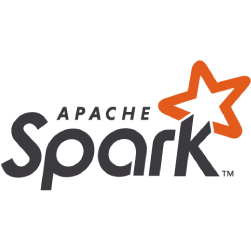
From waste to profit: Nucleoo’s AI predictive model for a leading Dutch supermarket chain
Nucleoo builds a waste management model for a supermarket chain from 3 simple data sources accessible to all retailers.
Challenge
The client had a high level of fresh food wastage and had no way of predicting demand or taking action to solve it. They had a lot of data but no way of drawing insights from it and no infrastructure on which to build a waste management model.
Approach
We build a predictive waste model from 3 simple data sources:
- Stock entry level per day.
- Daily sales (receipts).
- Product expiration date.
Result
The development of the model allowed the client to benefit from a solution for each key pillar:
- To improve the functioning of the supply chain, they have a stock optimiser that allows them to manage stock levels in each shop.
- In the commerce department, the client uses a promotions recommender, which provides information on what kind of promotions have worked best in the past.
- To improve the performance of brick-and-mortar shops, they are equipped with a layout suggestion application, which recommends where products should be placed in the shop, or which products should be placed together to improve sales.
- To track progress, they now have a dashboard that presents an overview of key waste indicators. With this data, management has a better understanding of how and when process adjustments are needed.
Tech involved

Python algorithms

Apache Spark

Jupyter Notebooks

AWS

Nucleoo Data Exploration
Value added
Nucleoo's waste management model improved the Dutch supermarket chain's financial performance and operational efficiency by reducing food waste through optimised stock levels, promotions, and in-store layout, with progress tracked via a dashboard.

Servicios relevantes

